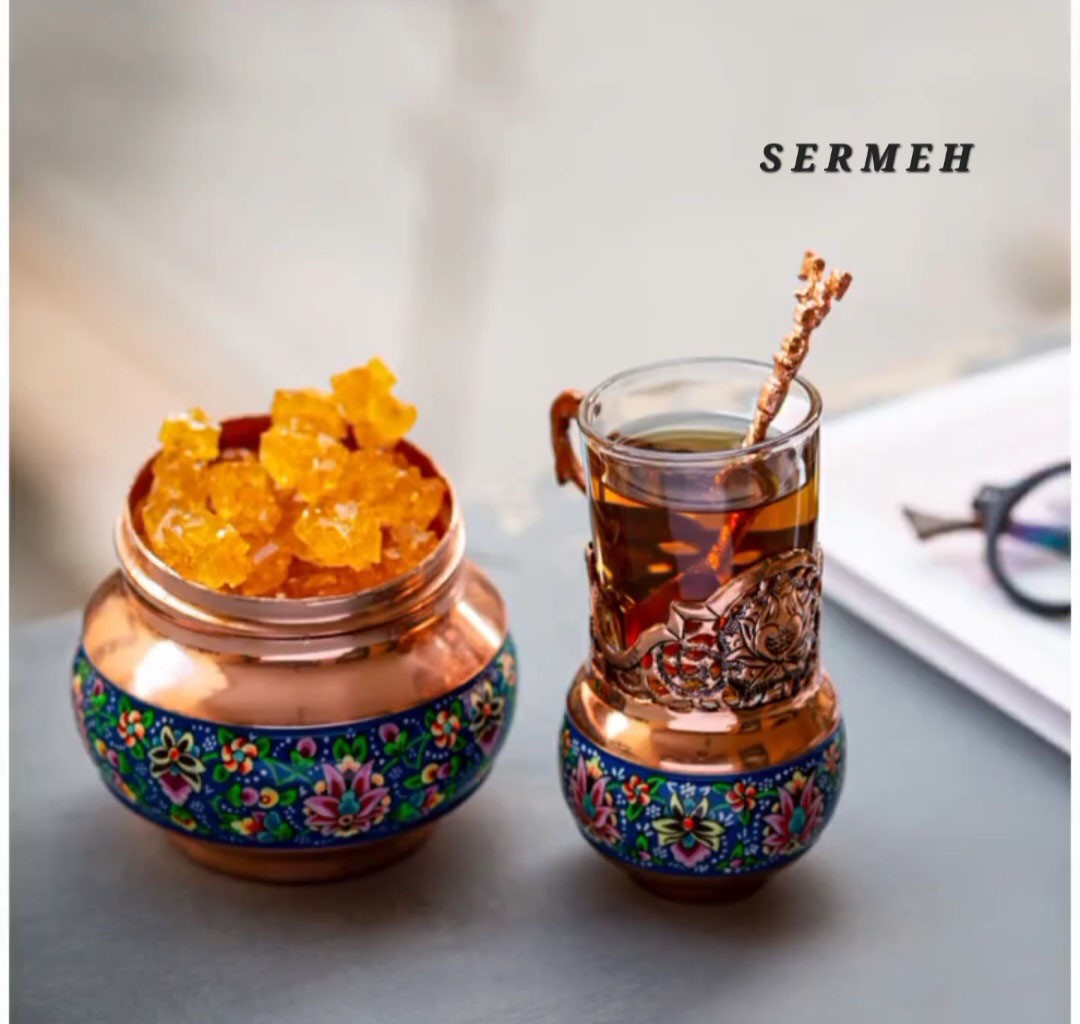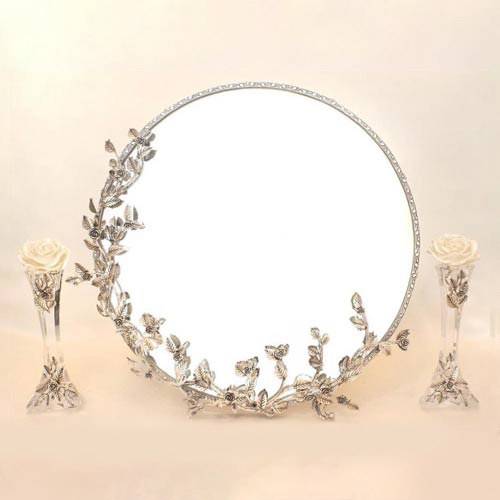History of Haft Sin table
One of the oldest and most attractive celebrations of us Iranians, which dates back to ancient times and has many customs and traditions, is Nowruz. In this celebration, people use a specific and popular element, the Haft Sin table, and they spread it a few hours before the delivery of the year. This table is decorated with predetermined symbols. These factors include apple, vinegar, sumac, elderberry, semno, sabze, garlic, etc., all of which decorate this beautiful and blessed table.
The ancient Iranians prepared Hefte sin set for the first day of spring by referring to the number seven, which indicates seven Amshaspands or the 12 sacred numbers. Seven symbols of greenery and water to add light, fire pit for stability, milk for birth and resurrection, egg symbol of sperm and race, mirror for purity and transparency, elder for birth and fertility and affection, apple for mystery and love, pomegranate for holiness. Coins for possession and blessings and fish for spending March next to oranges, a symbol of the earth, and fragrant flowers of birch were a symbol of Amshaspand Sepandarms, which were used in the Haft Sin table.
Also, the use of baked bread with seven beans, rose water, seven beans, sugar, cheese, dates, pomegranate tree branches, willow, figs, and olives in groups of three, seven, or 12 next to the holy book, is one of the other items of the Haftsin table.
*Buy online Persian Haftsin*
The sanctity of the number seven in the Haft Sin table
The number seven was not only sacred among the ancient Iranians, but also has a special sanctity among the inhabitants of this land today, and has a special place in most other cultures and nations. The sanctity of the number seven in ancient Iran comes from the religion of Mehr or Mitra, and it is because this number was called “Omardad” which means immortality and immortality. For this reason, today seven symbols of different elements are chosen and Nowruz is spent on the table.
Some say that Haft Sin is a symbol of seven plant seeds that were used by the ancient Persians to prepare Nowruz greens, and they were: barley, mung beans, lentils, millet, beans, chickpeas, and wheat.
Iranian ancestors used to grow green seeds from these seven seeds 10 days before Nowruz and put them on the doors of their houses. Each of these seeds, which became greener and more fruitful, was considered to be a sign of the fruitfulness of that seed, and for this reason, this number was considered a sign of good omen and auspiciousness.
The sanctity of the number seven in various religions
According to the belief of the followers of the Brahma religion in India, man dies seven times.
In Christianity, seven of the 33 miracles of Christ are recorded in the Bible and seven evil spirits are mentioned.
In the Catholic sect, they believe that there are seven types of joys and baptisms.
In Islam, they say that the sky has seven layers. In the dream that Pharaoh saw and it was interpreted as seven years of drought and seven years of abundance, he saw seven bulls and seven female cows. It is said that hell has seven levels and there are seven major sins. Muslims also circumambulate the House of God seven times.
In history, Darius the Great had seven companions with him, and in Rostam Naqsh just above Dariush’s tomb, seven Naqsh are depicted. In Babylon and Assyria, the temples had seven floors and each floor had the name of one of the planets and there were seven colors. The tomb of Cyrus also has seven steps.
Characteristics of the constituent elements of the Haft Sin table
The elements that are placed on the Haft Sin table have characteristics that make them chosen for this reading. These features are 5 as follows:
1- The main characteristic of these elements is that their names are Persian. Elements with Arabic and foreign names have no place in the Haft Sin table.
2- Their names should start with Sin.
3- have plant roots.
4- be edible.
5- Their names should not be a combination, such as sabzi pilaf or pickled garlic, etc.
*Buy online Persian Haftsin*
Haftsin, a symbol of everything good and good on earth
In this article, we told you about Haftsin Iranians and explained its history and philosophy. What Haft Sin set has been in the past and what changes it has seen over time. This beautiful and unique table is ultimately a sign of blessings, happiness, health, goodness, and good mood for family members and all the inhabitants of the planet. along with prayers full of good and happiness that will change everyone’s mood for the better.


























